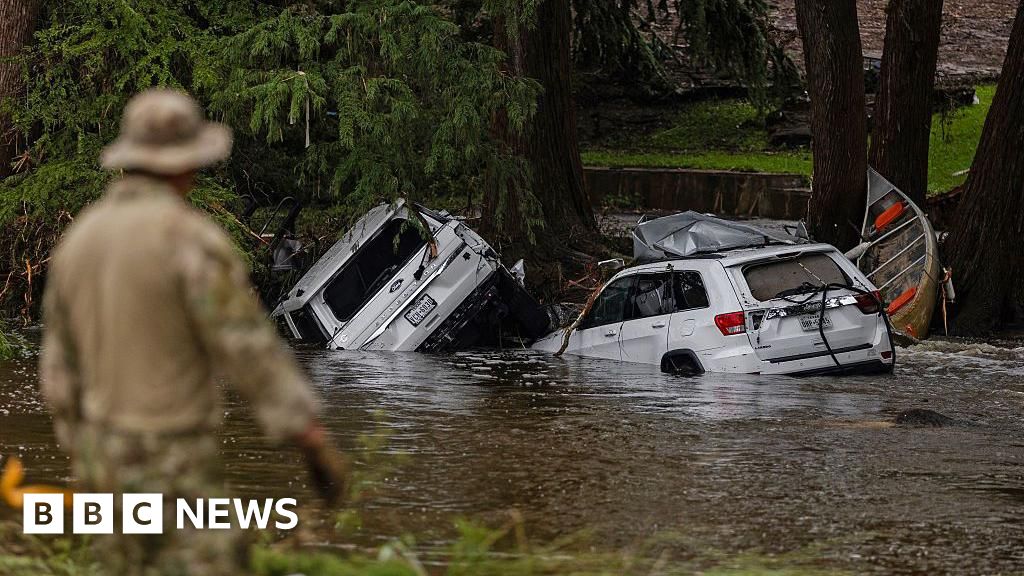Devastating Texas Storms Renew Focus on Weather Agency Funding Cuts
The recent deadly storms that struck Texas during the 4th of July holiday have reignited discussions about the U.S. government’s investment in weather-related agencies. Over a short span, parts of Texas’ Hill Country experienced catastrophic rainfall, resulting in significant flooding, damaged infrastructure, and heartbreaking losses as hundreds remain unaccounted for.
This catastrophe marks the deadliest weather event in the United States since sweeping staff reductions were enacted at crucial meteorological agencies: the National Oceanic and Atmospheric Administration (NOAA) and its branch, the National Weather Service (NWS). Following significant layoffs, concerns have grown over the ability of these agencies to effectively warn communities and provide adequate protection against extreme weather conditions.
Warnings and Staffing Challenges
While reports indicate that the NWS issued timely alerts during the recent storms, the situation has brought to light the potential risks associated with understaffing and a lack of funding for the agency. Climate scientist Andy Hazelton, once employed at NOAA, stated, “The Weather Service did a good job with the information available. However, this type of event is likely to increase if cuts to NOAA persist and staffing levels drop.”
Statistics reveal a troubling trend: since February, the NWS has reduced its workforce by approximately 600 employees due to an array of factors including layoffs and early retirements. Tom Fahy, legislative director of the National Weather Service Employees Organization, noted that the cuts affected all levels of staff, from meteorologists to specialist technicians.
| Location | Vacancy Rate (%) |
|---|---|
| Goodland, KS | 61.5% |
| Hanford, CA | 61.5% |
| Amarillo, TX | 30.77% |
| Rapid City, SD | 46.15% |
Future Concerns and Volunteer Insights
The San Antonio office, which was instrumental in forecasting the recent storms, is currently operating with a 22% vacancy rate in its meteorological staff. Despite having extra forecasters on duty during the disastrous weather, concerns linger among volunteers. One such volunteer, who wishes to remain unnamed for fear of retaliation, commented, “They manage to accomplish a lot with fewer resources, but I believe they would welcome the opportunity to reinstate former employees.”
The volunteer referenced the departure of Paul Yura, a well-regarded warning coordination meteorologist, who accepted an early retirement offer from the Trump administration earlier this year. Yura’s absence is felt keenly during emergencies, as he was pivotal in liaising between local responders and the weather service.
Despite recent statements from the Trump administration suggesting a plan to fill more than 100 positions within the NWS, additional budget cuts loom as NOAA proposes a reduction of approximately $1.8 billion for the fiscal year 2026, alongside additional staff reductions.
The Need for Investment
Experts like Hazelton underscore the importance of continued financial support and research into enhancing weather prediction capabilities. He stresses that accurate forecasts are crucial for safeguarding lives, especially during the hurricane season. “Mother Nature is unpredictable,” he explained. “If we slash resources further, we risk losing our ability to anticipate and respond effectively to these severe weather events.”
The recent Texas storms highlight the urgent necessity for the federal government to reconsider its approach to funding and staffing weather agencies to ensure community safety in the face of increasingly severe climate threats.


